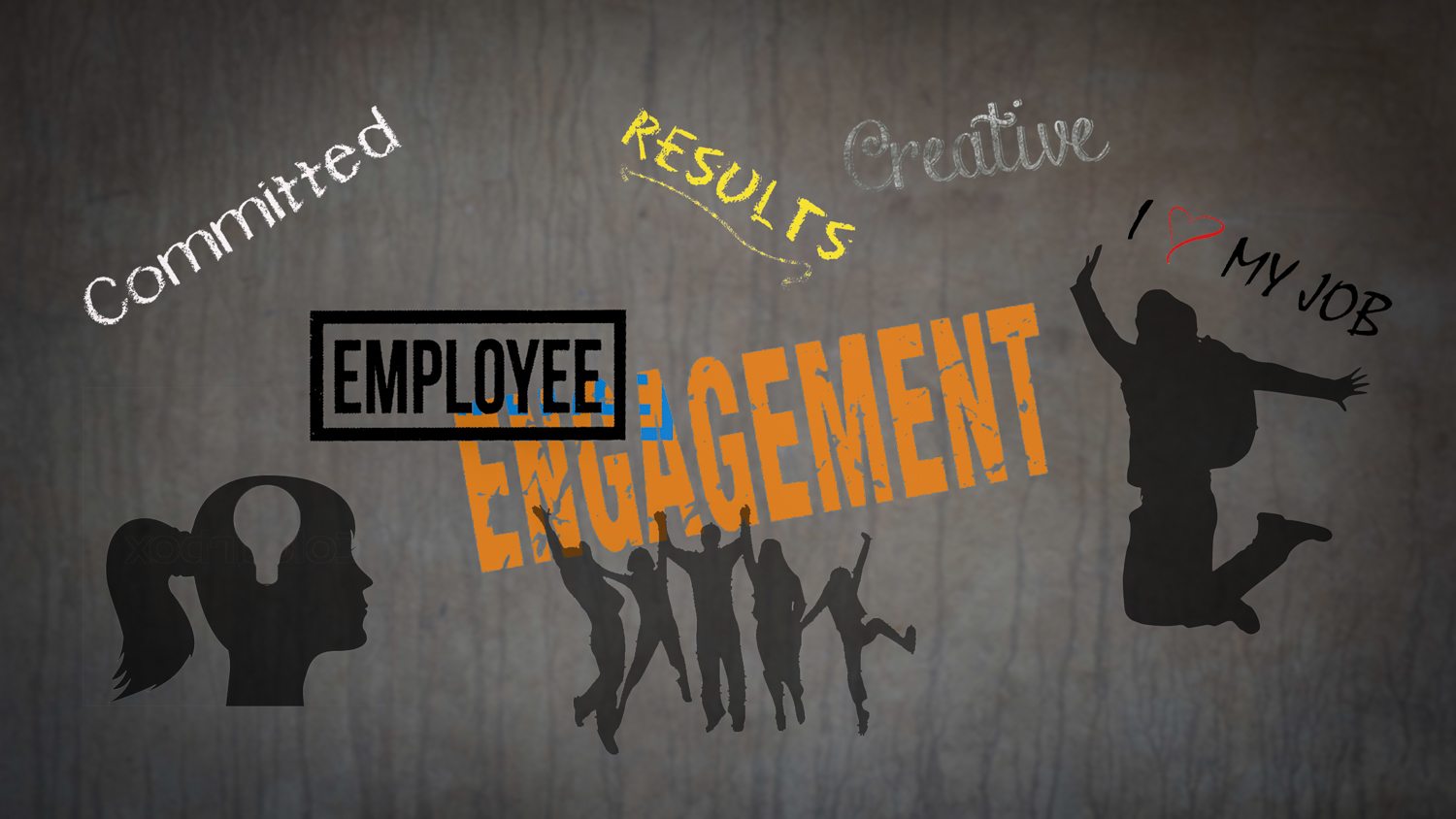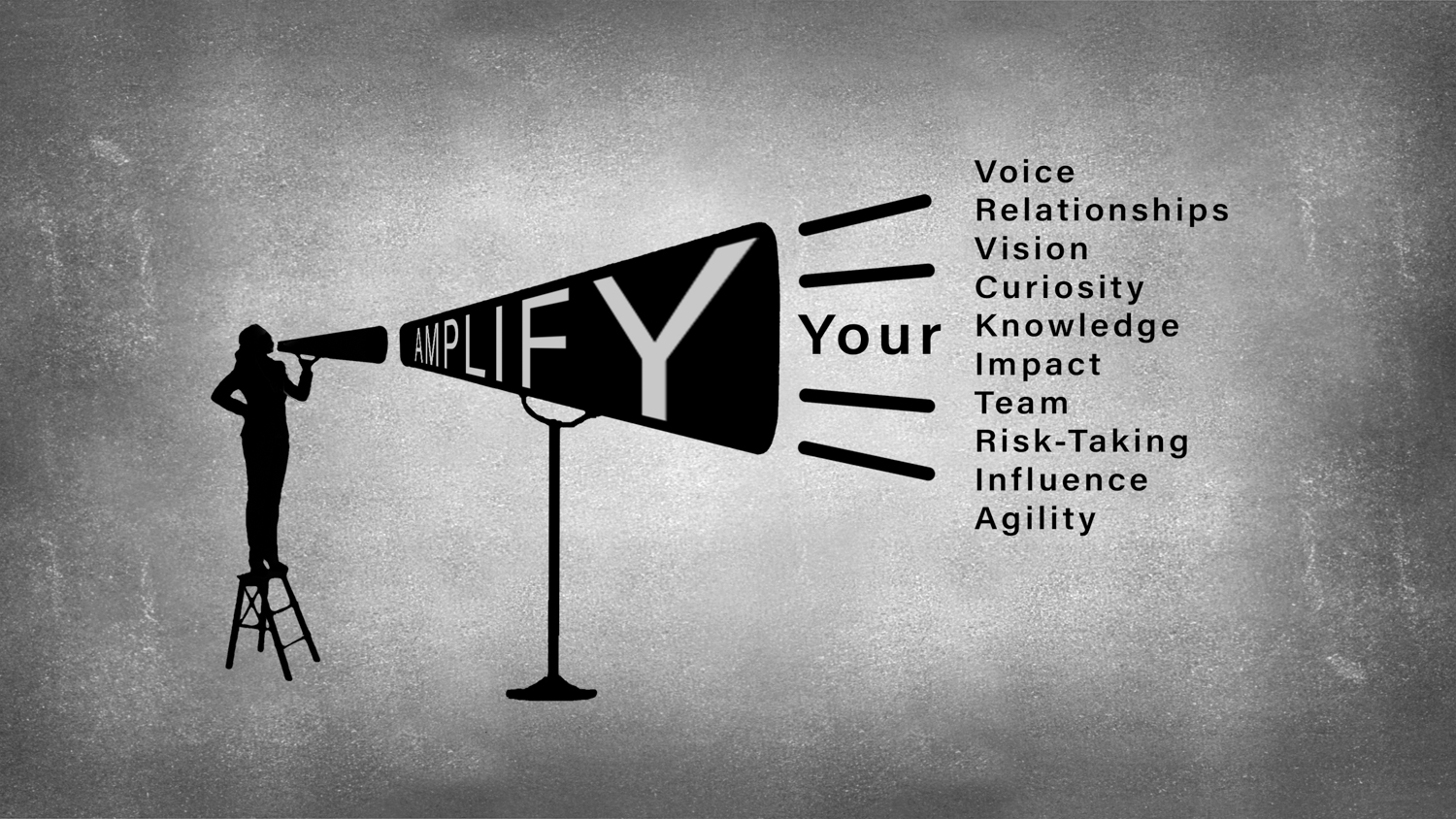
According to a recent study by Gallup on employee engagement, 85% of employees are not engaged or are actively disengaged at work. Eighteen percent are actively disengaged in their work and workplace, while 67% are “not engaged.” These employees are not bad performers, they are giving of their time, but not their best effort or ideas. These are very big numbers, and they are a sign of the times. Most of the “blame” can be put on companies that are doing less to motivate their employees. Smaller work areas, longer hours, larger workloads, infrequent performance feedback, and less time for development have yielded a highly disengaged workforce. That said we can’t continue to blame others, and as both managers and individuals we must find a way to be fully engaged at work.
There are few things like the feeling of full engagement! There have been several times in my career when I experienced this feeling. I could not wait to get up in the morning, get to work and get things done. My energy levels were high, and I found myself frequently thinking about how to solve the problems I was facing. I was often coming up with many new and innovative ideas. I enjoyed talking to people about the issues, brainstorming solutions and jointly making progress towards our common goals. My energy and excitement levels were off the charts.
I experienced this feeling again recently when I decided to launch my new coaching website. I was coming up with ideas daily, I enjoyed getting into the design and workflow of the site, I sought out friends to get their feedback, and I got up early every morning excited to make progress. Every day was a new day filled with optimism and excitement. I was multitasking and having a blast.
FULLY ENGAGED TRAITS
It is important to define how to recognize fully engaged individuals in the workplace. The following is a list of common traits that I believe are important to maintain a high level of engagement:
Love Their Work: Fully engaged individuals love their jobs and the company they work for. They speak about the company in positive terms, they follow the company’s news, they promote the company and its products to others, and they are perennial advocates.
Happy: Highly engaged people are typically happy, and they have a much higher level of optimism and a positive “can-do” attitude. They don’t let problems or impediments influence their outlook about their job, department or the company. They often infect others with their level of engagement.
Ideas: Employees who are highly engaged are “Idea Generators.” They strive to find new ways to solve a problem, and they typically think about how to do so often.
Focused: Efficiency and focus are at the forefront of their day. They understand how to prioritize their work, and they are highly focused towards achieving the goals and objectives of the organization.
Overachiever: They go above and beyond and give much more than is expected of them. They don’t complain when doing so.
Tenacity: Their level of perseverance is high. They don’t let difficult problems get in the way of the end goal.
Independent: They are self-starting and need little supervision. They enjoy an independent environment where they are left alone to get their work done.
Aligned: Highly engaged team members are well aligned with the company’s priorities, and they are focused on the critical few things that contribute to the overall direction of the group.
Prepared: These team members are often the first ones to show up at work, first ones to the meetings, and they are well prepared for those meetings.
THINGS YOU CAN DO AS A LEADER
There are quite a few things we can do as leaders to help improve our team member’s level of engagement. Most of these are simple things that require little effort or money.
Set an Example: As a leader it’s important to set an example and to broadcast the behavior and attitude you want your team to adopt. If the team sees the leader down, frustrated, stressed and unhappy then it will only serve to reinforce their lack of engagement.
Recognition: A little recognition goes a long way. Recognition does not always have to be monetary, although that helps. Recognition can be simply walking up to someone’s work area and thanking them for getting something out on time or complementing them on how well they did in a meeting. Reinforcing the right behaviors through recognition will spread, and your image will benefit as well.
Frequent Feedback: Providing guidance and feedback on team member performance is another good way to improve morale and eventually engagement levels. Providing feedback during regular one-on-one meetings is especially useful and beneficial. See my recent post on conducting effective one-on-one meetings.
Invest in Development: Team members want to know that the company and their leader are investing in their long-term development. Find ways to include them in special development programs that will help motivate them and give them a long-term goal to focus on. Providing a coach or mentor for their development is viewed as a huge investment in their future with the company.
Identify Issues Quickly: It is important to address issues quickly, especially if you notice a team member being especially negative or down. I’m not talking about chastising them for their behavior, but rather about having a conversation with them to see if there is anything you can do to help. Sometimes just having a chat helps.
Empathy: Being empathetic towards a team’s situation is something that most managers don’t do or don’t do often enough. As leaders, we know there is a task to be done, and we think there is little room or time for empathy, however a manager that shows empathy can make all the difference in whether an employee feels understood and appreciated or not. Empathy plays a big role in the workplace because at the end of the day we are all human and relating to someone’s emotional state is a good way to earn trust and loyalty. A good tip is to walk the halls during peak periods, acknowledge the workload, and offer words of encouragement.
Alignment & Prioritization: Sometimes people became disengaged because they can’t see a light at the end of the tunnel. The work just keeps piling up, and they don’t know what to do. Discussing priorities and making sure team members are working on the right things is a good way to optimize the workload.
Ask Them for Advice: Asking one of your team members for their opinion on a problem you are trying to solve elevates them and they feel more valuable. It shows that their opinion matters.
Tools: Throughout my career people have told me that they could do their job better if they only had the right tools. In today’s terms, tools often imply the right processes and the right software. I am certain that team members will be more engaged if you can simplify the processes, make sure that everyone follows the rules and fine-tune software so that it is more efficient.
Have Fun: Taking time to have fun and enjoy the lighter side of work is a great way to improve morale and engagement. Instead of starting off a staff meeting with a scorecard or with the latest challenge, try telling funny stories. I used to tell stories about something that happen to me at work or in my personal life. Ask the team if they have something funny that happened to them that they would like to share. I once had a boss that clipped funny stories out of the newspaper and put them on people’s desks. In today’s digital world, this is easy to do.
Time Off: Some employees don’t feel like they can take time off to rest, relax and recharge. Require team members to use all their vacation time. If you want to score extra points, then share in covering for a team member while they are out. Not only will you earn their respect, but you will understand more about their job.
THINGS YOU CAN DO AS AN INDIVIDUAL
We should not depend on others to improve our engagement at work. There are quite a few things we can do as individuals that can improve our engagement levels. Here are a few things to try.
Talk to Your Leader: Leverage the one-on-one time with your leader to communicate issues you are having. It is very hard for your leader to help if they don’t know what you are going through. One-on-one meetings can be an effective tool that can make life better for everyone.
Find a “Fully Engaged” Buddy: If you see someone that is clearly fully engaged then seek them out, get to know them and try to understand what makes them that way. Perhaps they have some tips you can adopt to help improve your engagement levels.
Rest, Eat Well, Sleep, Exercise: Being physically fit is not just for athletes. Many studies have shown that physical exercise helps improve mental capacity, reduces stress levels and increases happiness.
Reset Button: Sometimes you just must “hit the reset button” and get your act together. I have had to do that a few times in my career. I just had to tell myself that enough is enough and commit to finding other ways to get my work done without moping around and feeling sad or stressed. Without resistance, we can sink quickly and deeply.
If All Else Fails, Change Jobs: If life at work is so bad that it’s affecting your health, family life and your overall wellbeing then perhaps it’s time to change jobs. This is especially true if you’ve been in the same role for many years and the job has become less challenging.
CAUTION! – Don’t over engage at the expense of your health, family, friends and other responsibilities. It is important to maintain a healthy balance. Eating right, getting a good night’s sleep and maintaining a good exercise schedule will go a long way to extending engagement stamina. Likewise, don’t over engage at the expense of family and friends. Maintain a healthy balance of family life and family time. Lastly, don’t over engage and forget about other responsibilities such as hobbies, volunteer work and prior commitments you might have made.
We should all strive to be fully engaged at work. Identifying the traits of full engagement helps us assess where we are in the engagement continuum and helps us determine ways to improve our engagement. If you are a leader then do what you can to help team members become more engaged. As individuals, there are many things we can do to improve our engagement levels at work.
I hope this article was beneficial to you. Drop me a note below if this article rings a bell. I am interested to know if it helped you become fully, or at least better, engaged at work.
Have a great day, and don’t forget to make a positive impression today and every day!
Thanks,

© 2018 T. Kahler Coaching, LLC, All Rights Reserved.


